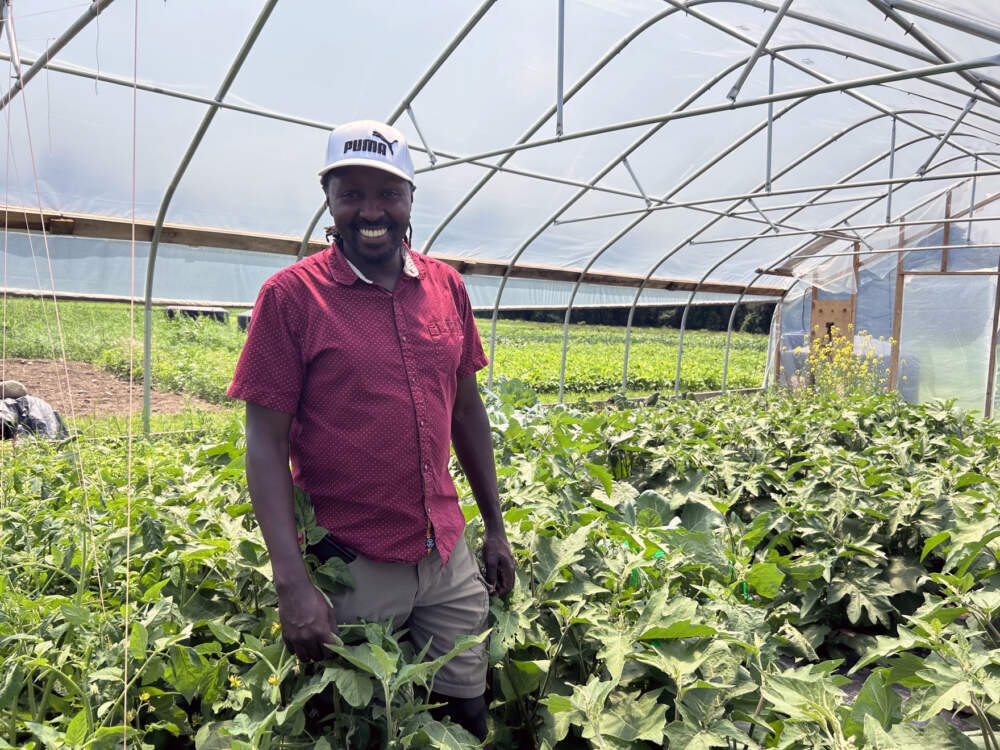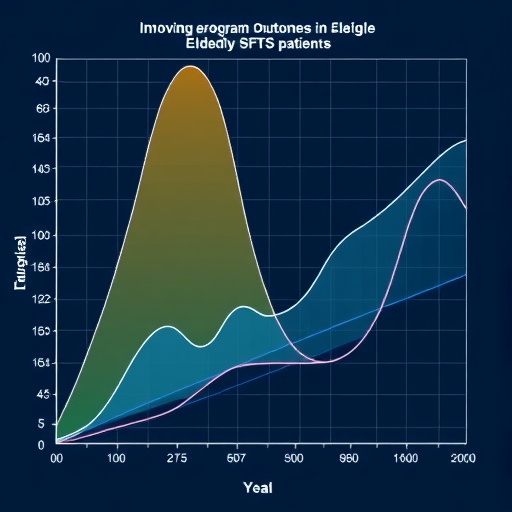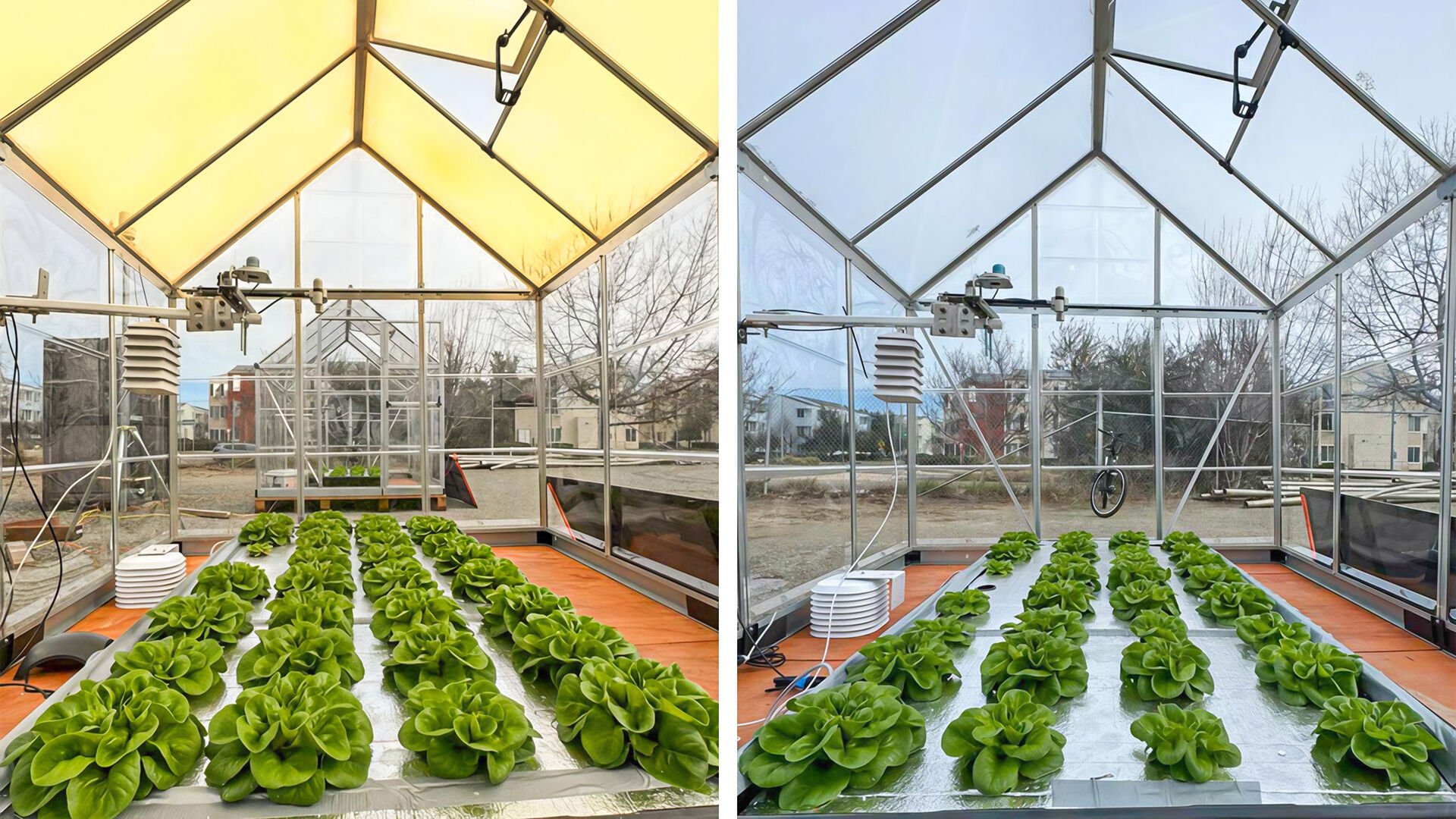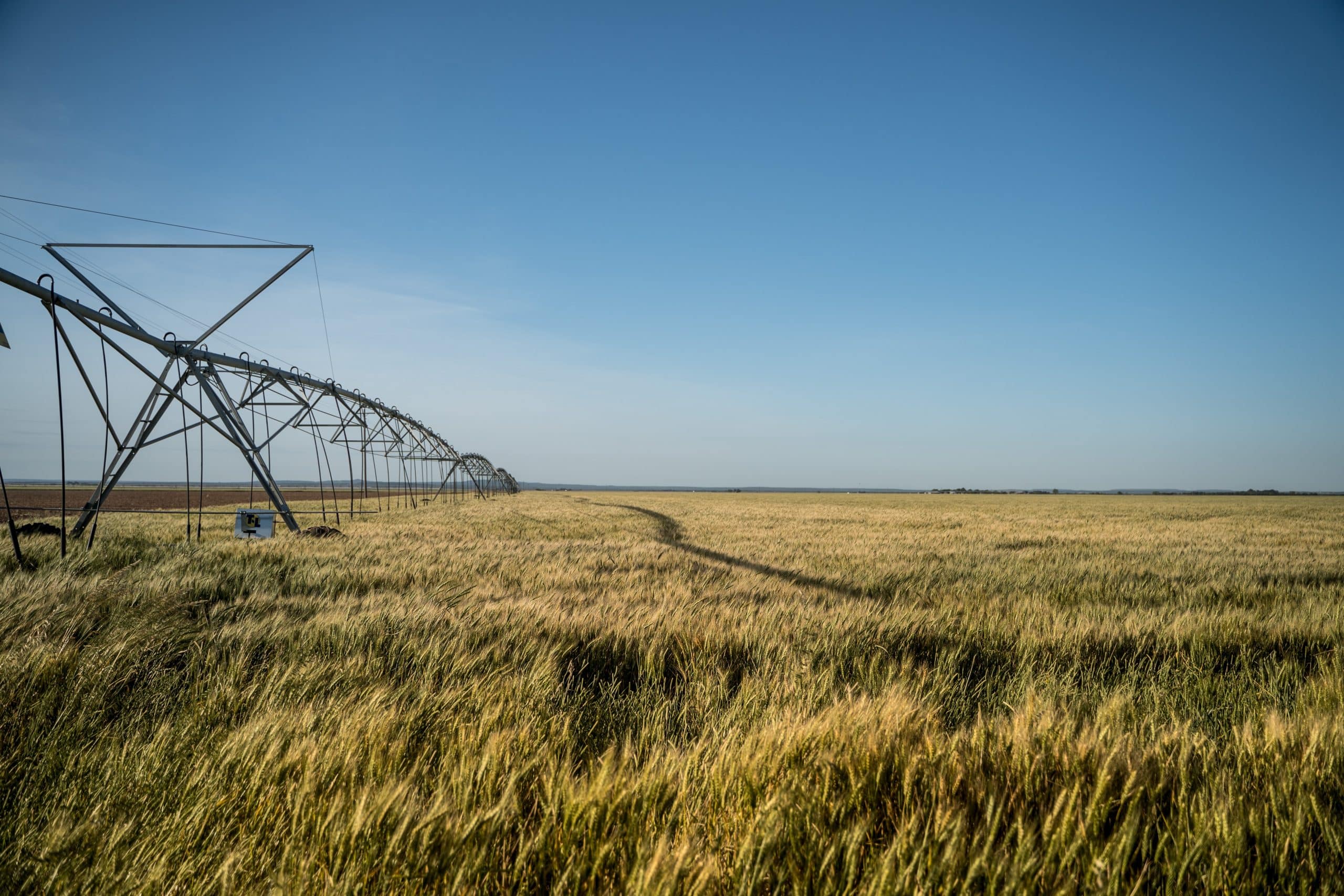‘Climateflation’ could push up UK food prices by more than a third by 2050, report says – The Guardian

Report on Climate-Induced Inflation and its Impact on UK Sustainable Development Goals
Executive Summary: The “Climateflation” Crisis
A report from the Autonomy Institute thinktank indicates that the United Kingdom is facing a severe “climateflation” crisis, driven by extreme weather events that disrupt food production and supply chains. This phenomenon poses a direct threat to the achievement of several Sustainable Development Goals (SDGs). Projections suggest that without significant intervention, food prices could escalate by over a third by 2050, undermining national progress on poverty, hunger, and inequality.
Threats to SDG 1 (No Poverty) and SDG 2 (Zero Hunger)
The projected rise in food costs presents a direct challenge to fundamental human rights and core SDG targets.
- SDG 1: No Poverty: A potential 34% increase in food prices under a high-emission scenario could push an estimated 951,383 additional people into poverty.
- SDG 2: Zero Hunger: Climate-induced price increases on staple crops directly threaten food security and affordability, making it more difficult for vulnerable households to access sufficient and nutritious food.
- Financial Impact: The cumulative cost of climateflation for an average UK household is projected to be between £917 and £1,247 by 2050, further straining budgets and hindering efforts to eradicate poverty.
Exacerbation of SDG 10 (Reduced Inequalities)
The economic shock of climateflation is not distributed evenly across society, thereby intensifying existing disparities.
- Disproportionate Impact: Lower-income households are most severely affected, as they spend a significantly larger share of their income on essential food items like bread and rice.
- Widening Disparities: This unequal burden directly contravenes the objective of SDG 10: Reduced Inequalities, as it widens the economic gap between the most and least affluent.
Challenges to SDG 12 (Responsible Consumption and Production) and SDG 13 (Climate Action)
The crisis underscores systemic failures in climate mitigation and the fragility of current production and consumption models.
- Insufficient Climate Action (SDG 13): The root cause of climateflation is identified as climate breakdown resulting from the burning of fossil fuels. The report contrasts a “best-case” scenario (1.5C warming, 25% price inflation) with a “worst-case” scenario (4C warming, 34% price inflation), highlighting the critical importance of immediate and effective climate action.
- Unsustainable Supply Chains (SDG 12): The UK’s high dependency on food imports (almost 50%) exposes its vulnerability to global climate shocks, demonstrating a need for more resilient and sustainable systems of production and consumption. Specific disruptions include:
- Reduced fruit and vegetable yields in the UK and Europe due to heat and drought.
- Poor cocoa harvests in West Africa linked to extreme temperatures.
- Adverse weather impacting coffee production in Brazil and Vietnam.
- Domestic Production Failures: UK domestic farming is also under pressure, with storms and floods in 2023 causing a 12% reduction in vegetable production, further challenging the goals of SDG 12.
Policy Recommendations for SDG Alignment
To mitigate the impacts of climateflation and realign with the 2030 Agenda, the report urges consideration of several strategic interventions.
- Support for SDG 1 and SDG 2: Introduce public diners to provide affordable meals and insulate vulnerable groups from food price volatility.
- Alignment with SDG 10: Implement price controls on essential goods to protect lower-income households from the most severe economic shocks.
- Strengthening SDG 12: Establish national “buffer stocks” of key commodities to ensure availability during supply chain disruptions and build systemic resilience.
These measures are proposed to build genuine economic resilience and adapt public service provision to the escalating reality of climate disruption.
SDGs Addressed in the Article
-
SDG 1: No Poverty
The article directly connects the issue of “climateflation” to poverty, stating that rising food prices could push “almost 1 million people into poverty” and specifically “951,383 more people could fall into poverty” without government intervention.
-
SDG 2: Zero Hunger
The core of the article discusses threats to food security. It highlights how extreme weather disrupts food production (reduced fruit and vegetable yields, poor harvests for cocoa and coffee) and supply chains, leading to higher food prices. This directly impacts the accessibility and affordability of food.
-
SDG 10: Reduced Inequalities
The article points out that the financial impact of rising food prices is not felt equally. It specifies that “Lower-income households would be disproportionately hit because they spend a larger share of their monthly budgets on essential items,” highlighting the unequal burden of climateflation.
-
SDG 13: Climate Action
This is the central theme, as the article attributes the problem of food price inflation directly to “climate breakdown caused by the burning of fossil fuels.” It discusses the impacts of “increasingly extreme weather,” “heatwaves,” “droughts,” and “floods” and analyzes different climate scenarios (1.5C vs. 4C warming).
Specific SDG Targets Identified
-
SDG 1: No Poverty
- Target 1.2: By 2030, reduce at least by half the proportion of men, women and children of all ages living in poverty in all its dimensions according to national definitions. The article’s warning that rising food prices could push nearly a million people into poverty directly relates to this target of poverty reduction.
-
SDG 2: Zero Hunger
- Target 2.1: By 2030, end hunger and ensure access by all people, in particular the poor and people in vulnerable situations… to safe, nutritious and sufficient food all year round. The article’s focus on food price volatility and its impact on vulnerable groups directly addresses the challenge of ensuring access to affordable food.
- Target 2.4: By 2030, ensure sustainable food production systems and implement resilient agricultural practices that increase productivity and production… and strengthen capacity for adaptation to climate change, extreme weather, drought, flooding and other disasters. The article details how droughts, floods, and heatwaves have reduced harvest yields and slashed vegetable production, underscoring the need for the resilient agricultural practices mentioned in this target.
-
SDG 10: Reduced Inequalities
- Target 10.2: By 2030, empower and promote the social, economic and political inclusion of all, irrespective of… economic or other status. The article’s finding that “Lower-income households would be disproportionately hit” speaks directly to the unequal economic impact and vulnerability that this target aims to address.
-
SDG 13: Climate Action
- Target 13.1: Strengthen resilience and adaptive capacity to climate-related hazards and natural disasters in all countries. The article calls for building “real economic resilience” against climate disruption and discusses the financial costs to households, which is a measure of the current lack of resilience to climate hazards like heatwaves.
Indicators for Measuring Progress
-
For SDG 1 (No Poverty)
- Indicator: Number of people at risk of falling into poverty due to price shocks. The article provides a specific projection: “951,383 more people could fall into poverty.” This figure can be used as a direct indicator.
-
For SDG 2 (Zero Hunger)
- Indicator: Food price inflation rate. The article mentions the current headline inflation rate (3.6%) and projects future food price increases (“by 34%” in a worst-case scenario). This serves as a key indicator of food affordability.
- Indicator: Change in agricultural production/yields. The article provides concrete data points, such as “storms and floods slashing UK vegetable production by 12% in 2023” and “reduced fruit and vegetable harvest yields,” which are direct measures of the impact of climate events on food production.
-
For SDG 10 (Reduced Inequalities)
- Indicator: Disproportionate economic impact on low-income households. While not giving a specific number, the article implies an indicator by stating that lower-income households “spend a larger share of their monthly budgets on essential items,” which can be measured through household expenditure surveys.
-
For SDG 13 (Climate Action)
- Indicator: Financial cost of climate events on households. The article quantifies this by estimating that heatwaves “could cost an average household between £917 and £1,247 by 2050.” This is a direct indicator of the economic impact of climate hazards.
- Indicator: Frequency of extreme weather events. The article repeatedly mentions “increasingly extreme weather,” “heatwaves,” “droughts,” and “floods” as the drivers of the problem, implying that tracking their frequency is a key metric.
Summary of SDGs, Targets, and Indicators
| SDGs | Targets | Indicators |
|---|---|---|
| SDG 1: No Poverty | 1.2: Reduce at least by half the proportion of people living in poverty. | Number of people pushed into poverty (projected at 951,383). |
| SDG 2: Zero Hunger | 2.1: Ensure access by all people to safe, nutritious and sufficient food. | Food price inflation rate (projected rise of up to 34%). |
| 2.4: Ensure sustainable food production systems and implement resilient agricultural practices. | Percentage change in agricultural production (UK vegetable production slashed by 12%). | |
| SDG 10: Reduced Inequalities | 10.2: Empower and promote the social, economic and political inclusion of all. | Proportion of household budget spent on food by income level (lower-income households spend a larger share). |
| SDG 13: Climate Action | 13.1: Strengthen resilience and adaptive capacity to climate-related hazards. | Financial cost of climate events on households (estimated at £917-£1,247 per household by 2050 from heatwaves). |
Source: theguardian.com

What is Your Reaction?
 Like
0
Like
0
 Dislike
0
Dislike
0
 Love
0
Love
0
 Funny
0
Funny
0
 Angry
0
Angry
0
 Sad
0
Sad
0
 Wow
0
Wow
0















































































